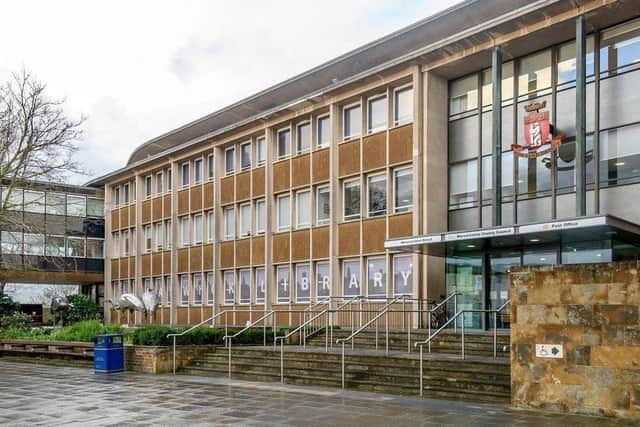Warwickshire sees higher-than-average rates of young people being hospitalised by alcohol and self harm
and live on Freeview channel 276
Higher-than-average rates of young people being hospitalised by alcohol and self harm have led to the priorities of politicians in charge of Warwickshire County Council being questioned.
A performance report showed that Warwickshire fares badly for under-18s admitted to hospital for alcohol-related problems and rates of intentional self harm in people aged 10-24.
Advertisement
Hide AdAdvertisement
Hide Ad

Becky Hale, assistant director for people, told the county's children and young people overview and scrutiny committee this week that a rate of 41.10 people per 100,000 for alcohol-related admissions was dropping but acknowledged that “Warwickshire is known to be higher than the national average”.
She highlighted Nuneaton and Bedworth borough and Warwick district as problem areas.
Council-commissioned provider Compass, an organisation which offers health and wellbeing services to young people, is assisting with work on the key issues.
“A new liaison officer for alcohol is being recruited into Compass and this remains a priority of our strategic drug and alcohol partnership,” she said.
Advertisement
Hide AdAdvertisement
Hide Ad“There is also work happening with our acute (health) colleagues around what else we might be able to do.”
The council’s latest figure for hospital admissions for self harm is 572.6 against a national average of 427.3.
Ms Hale said work continues on self harm policy guidance for schools with “focused work on training and awareness” on a matter that ”has been a subject of interest for a number of years for this committee”.
The latest available data also showed pregnancy in 15-17 year-olds had risen in Warwickshire, with dismayed Councillor Jerry Roodhouse making the case for the cabinet to bring about change.
Advertisement
Hide AdAdvertisement
Hide Ad“I think I have been saying it for about 20-odd years,” he said.
“I recognise the numbers go up and down but I still have major concerns around these three areas and I think we ought to really start knuckling down a lot more to put the spotlight on it.
“As a local authority we should be doing more and we could do more. I am not sure why we are not.
“I am not blaming officers. Is it that we are just not focusing enough on the corporate delivery plan, so it is cabinet’s fault, not the fault of officers?
Advertisement
Hide AdAdvertisement
Hide Ad"There should be more focus from cabinet on that because it just keeps coming back and back and back. It is just not acceptable to me.
“Some of the stories I hear in Rugby about self harm are just as bad as I heard six, seven, eight, nine years ago.”
Councillor Jill Simpson-Vince added: “As the parent of a teenager, you get quite a lot of information from school, things to watch out for, and I just wonder how joined up our programmes are with all the schools.
“Is it a concerted approach across the schools, health authorities and the council or is it a bit disjointed at the moment? Could we do more to bring it all together?
Advertisement
Hide AdAdvertisement
Hide Ad“Also, how much of this is a consequence of Covid and social media? We know school performance has been quite difficult for key stage two children who weren’t in school and I wonder whether this is something we need to try to do more now, as Jerry said, or somehow differently.”
John Coleman, the county’s assistant director for children’s services, said that the high figures in relation to alcohol remained “stubborn”.
“Our focus on that has been about a number of areas that you have talked about, " he said.
"They are about prevention and that sometimes takes longer to come through."